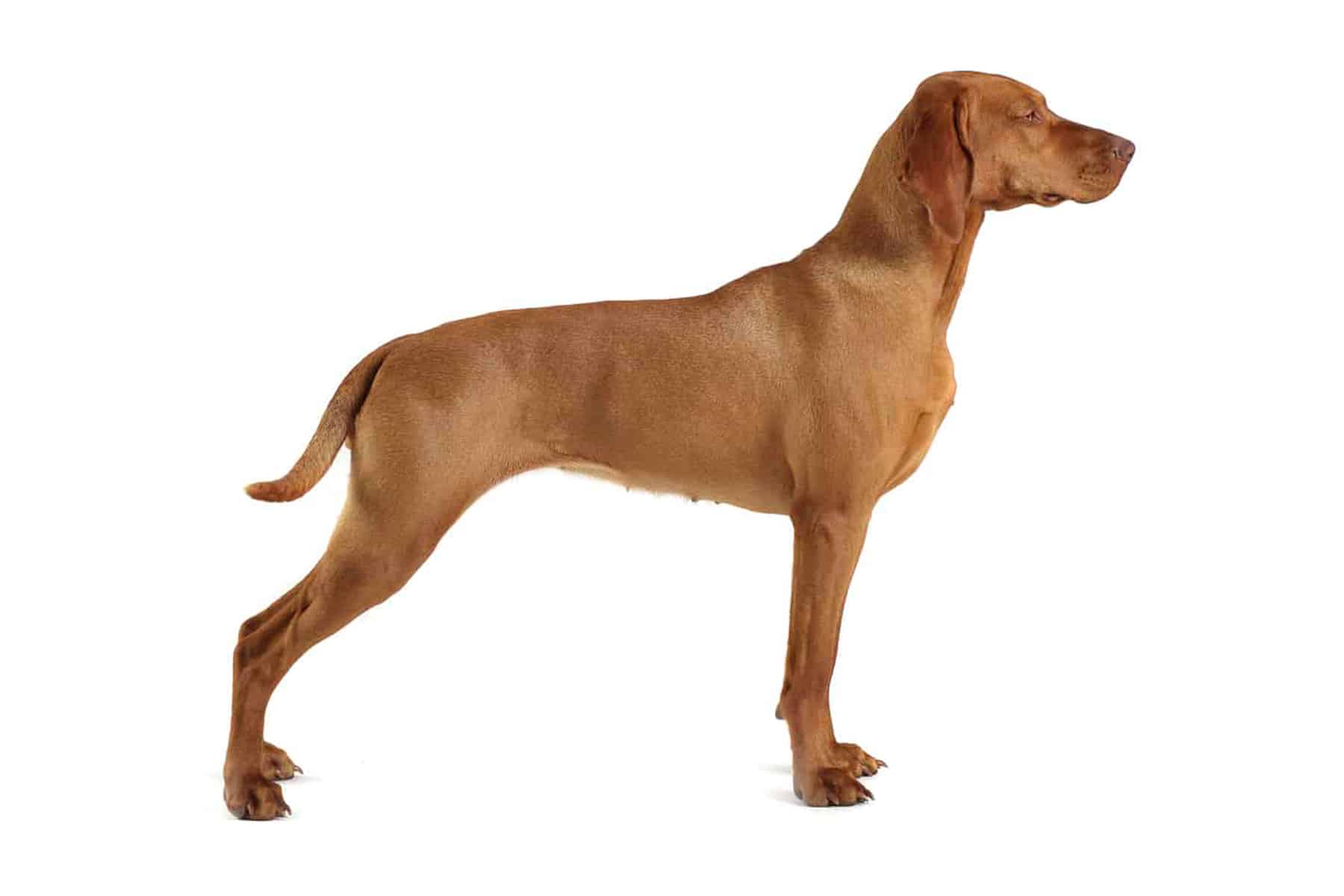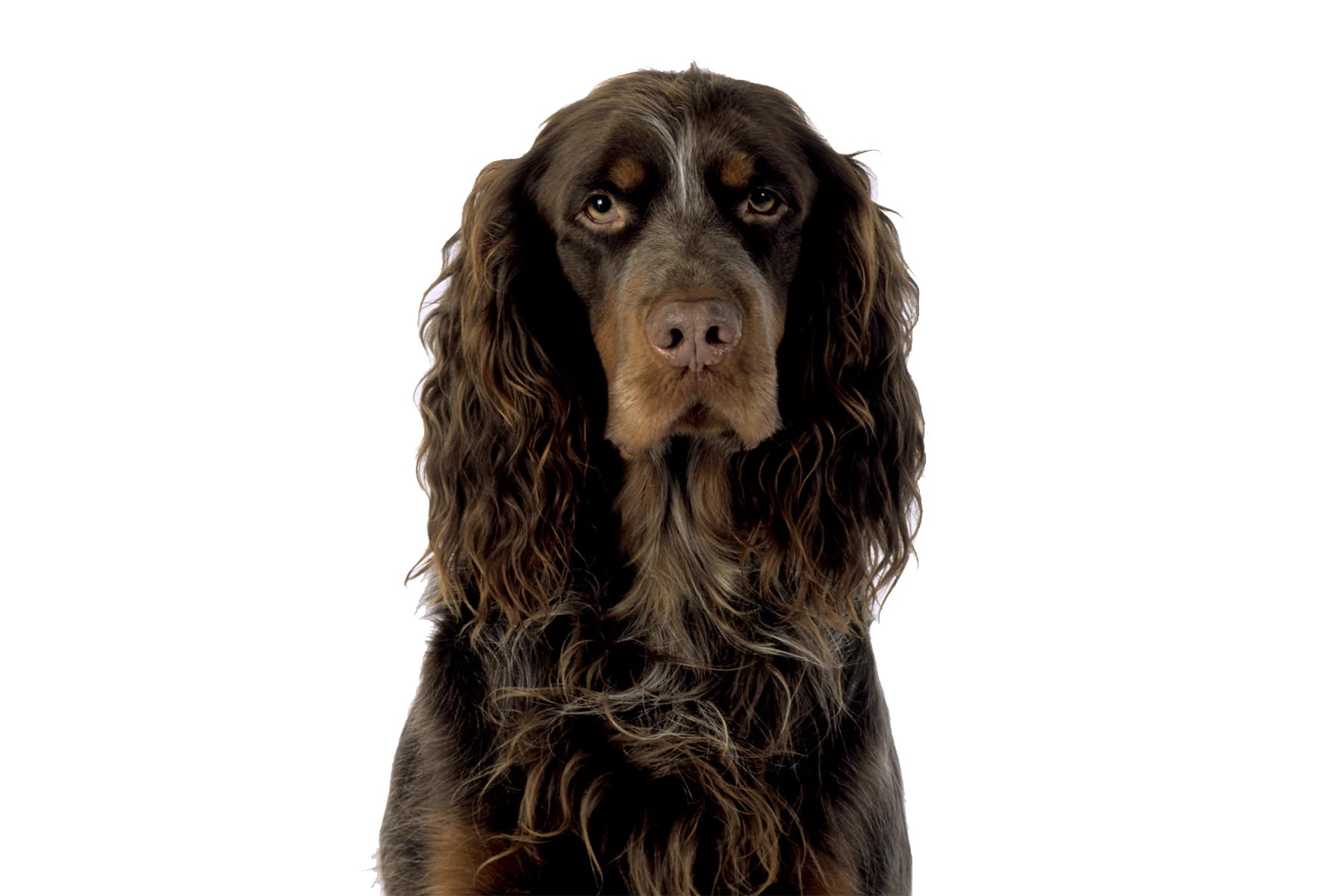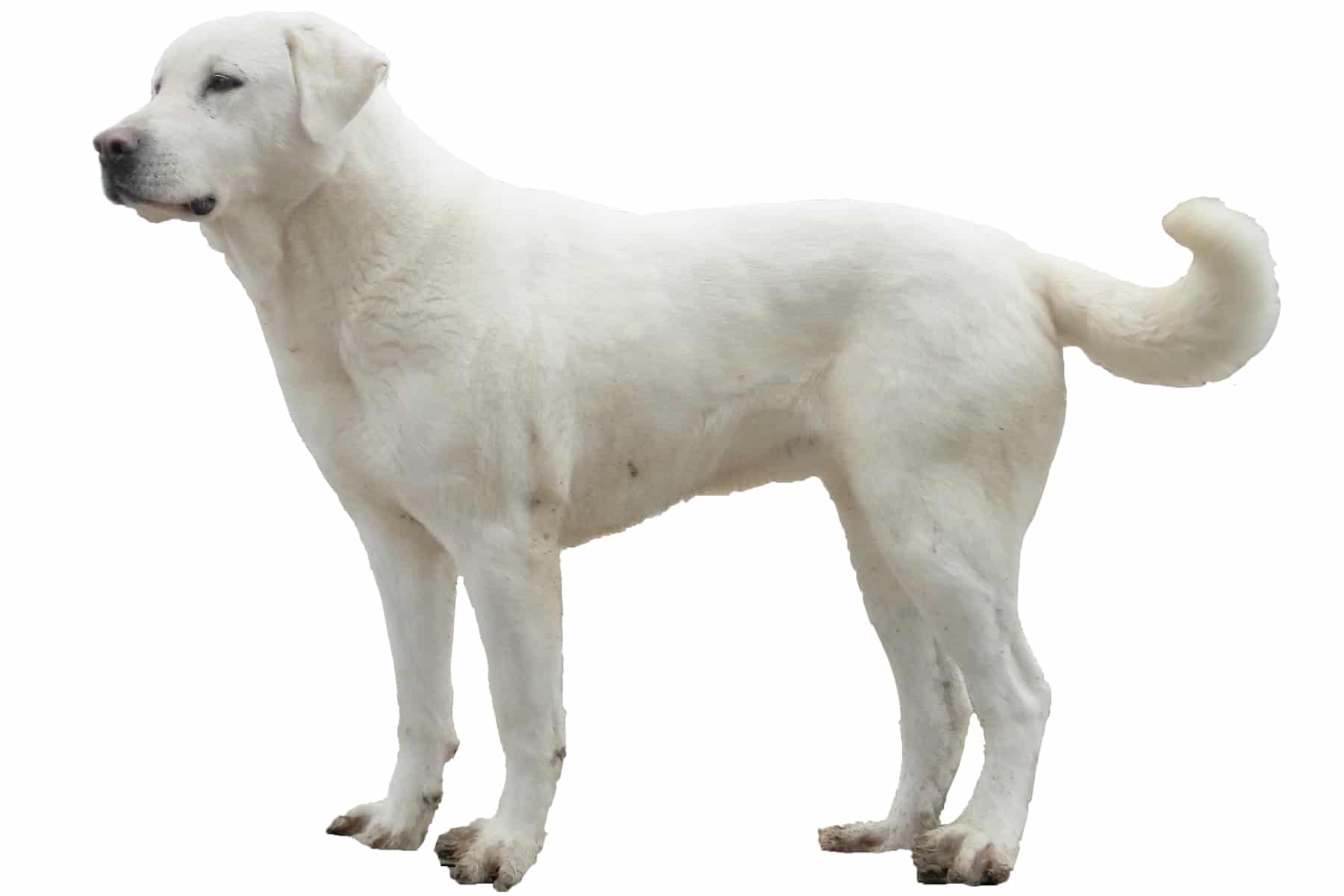Kishu
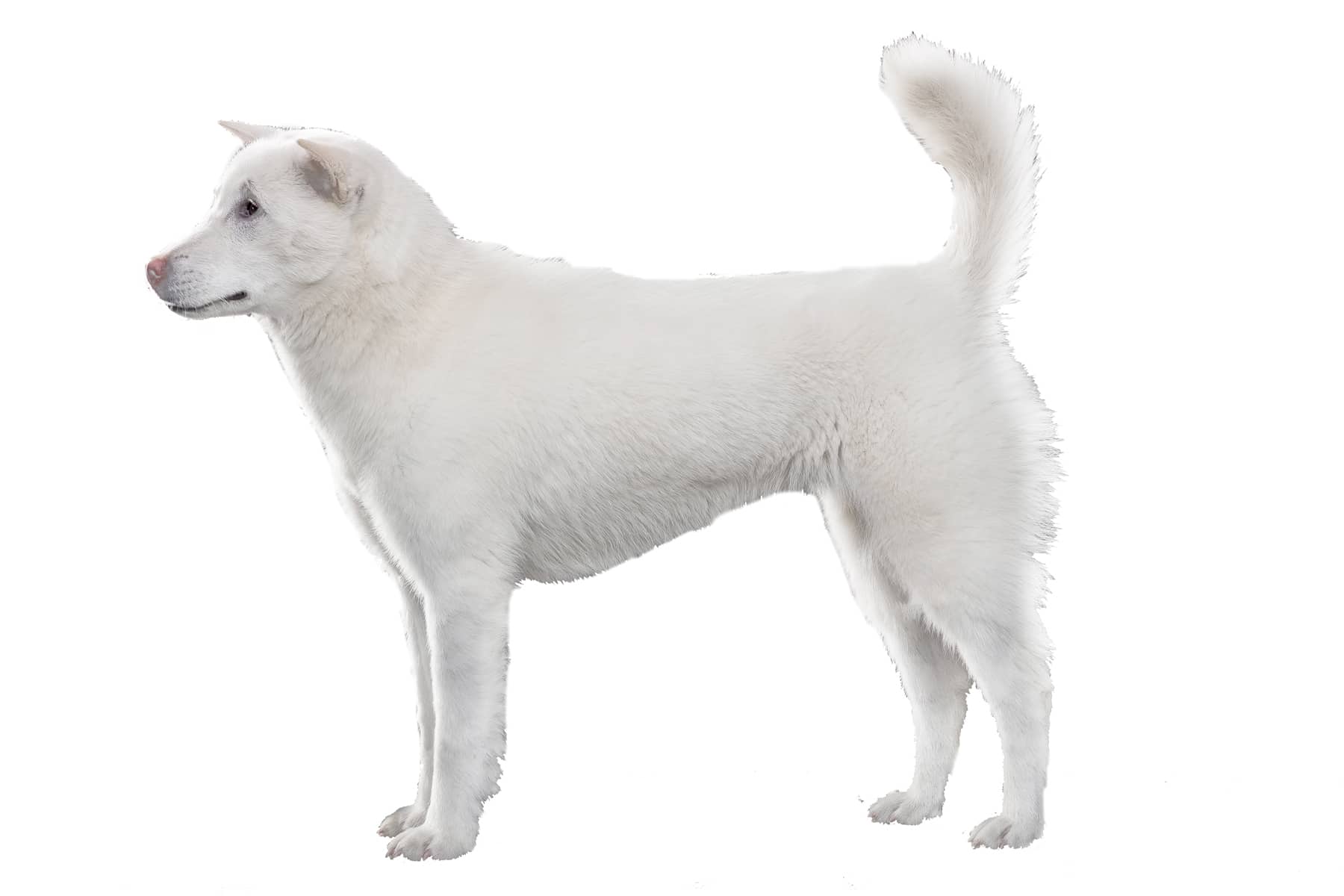
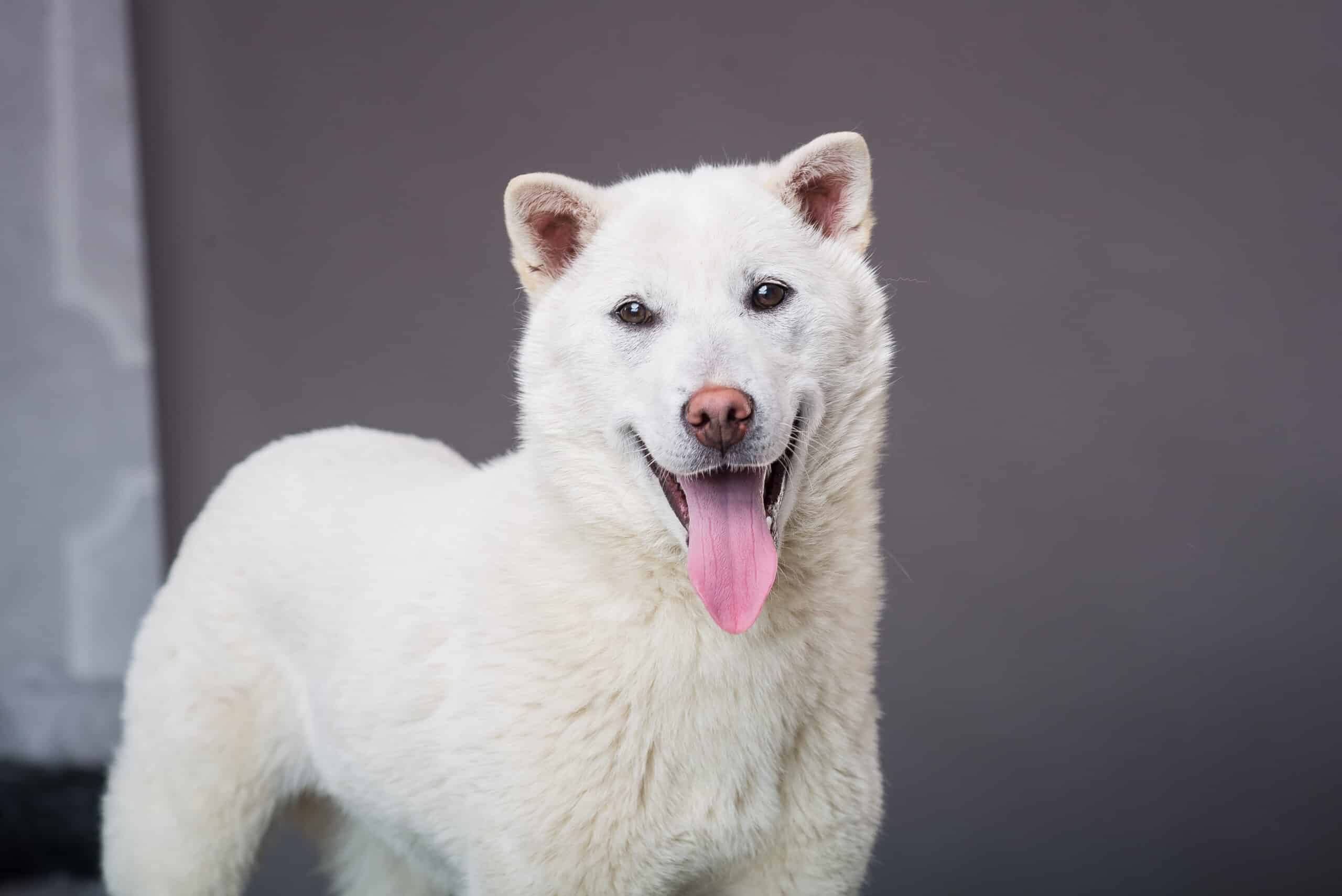
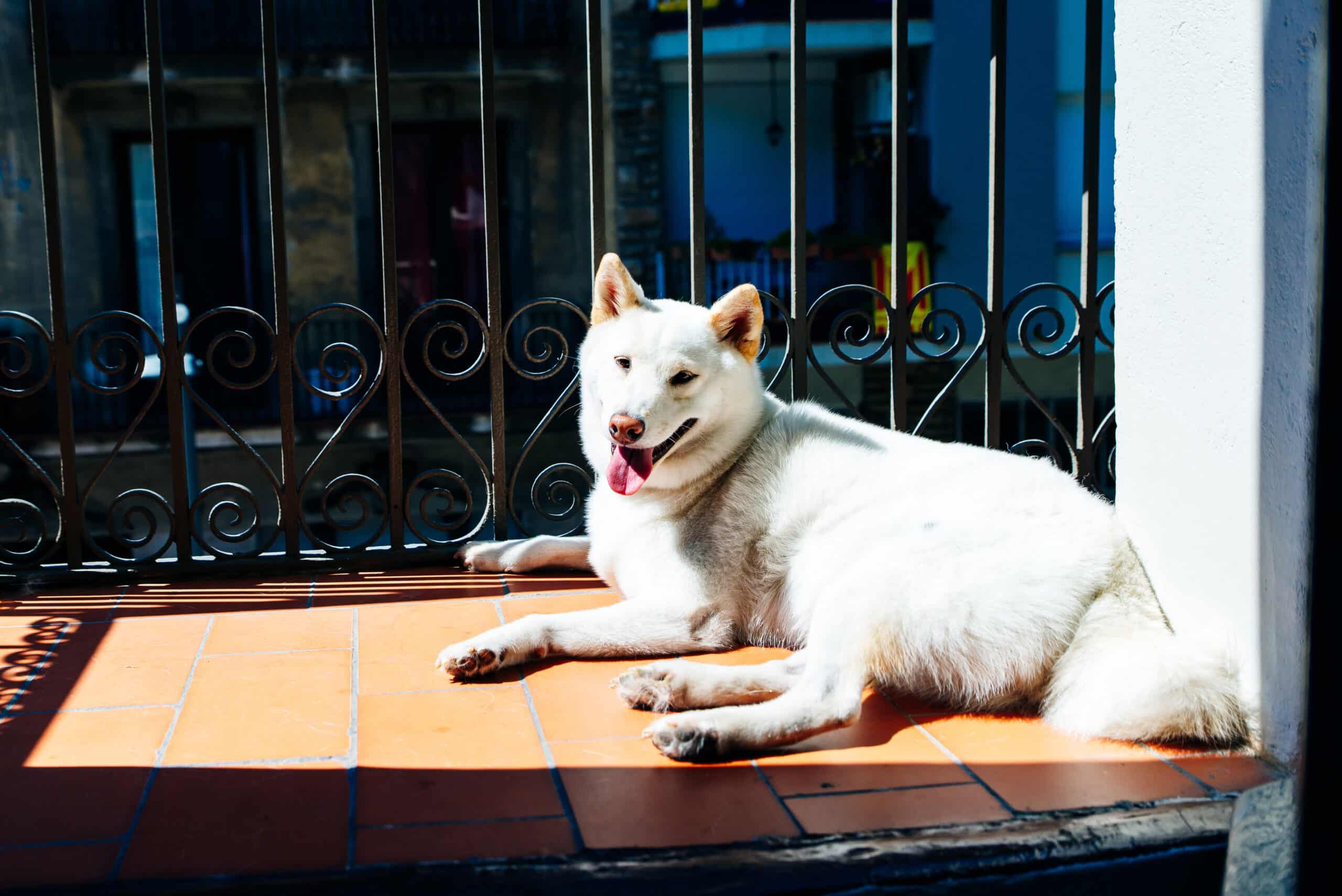
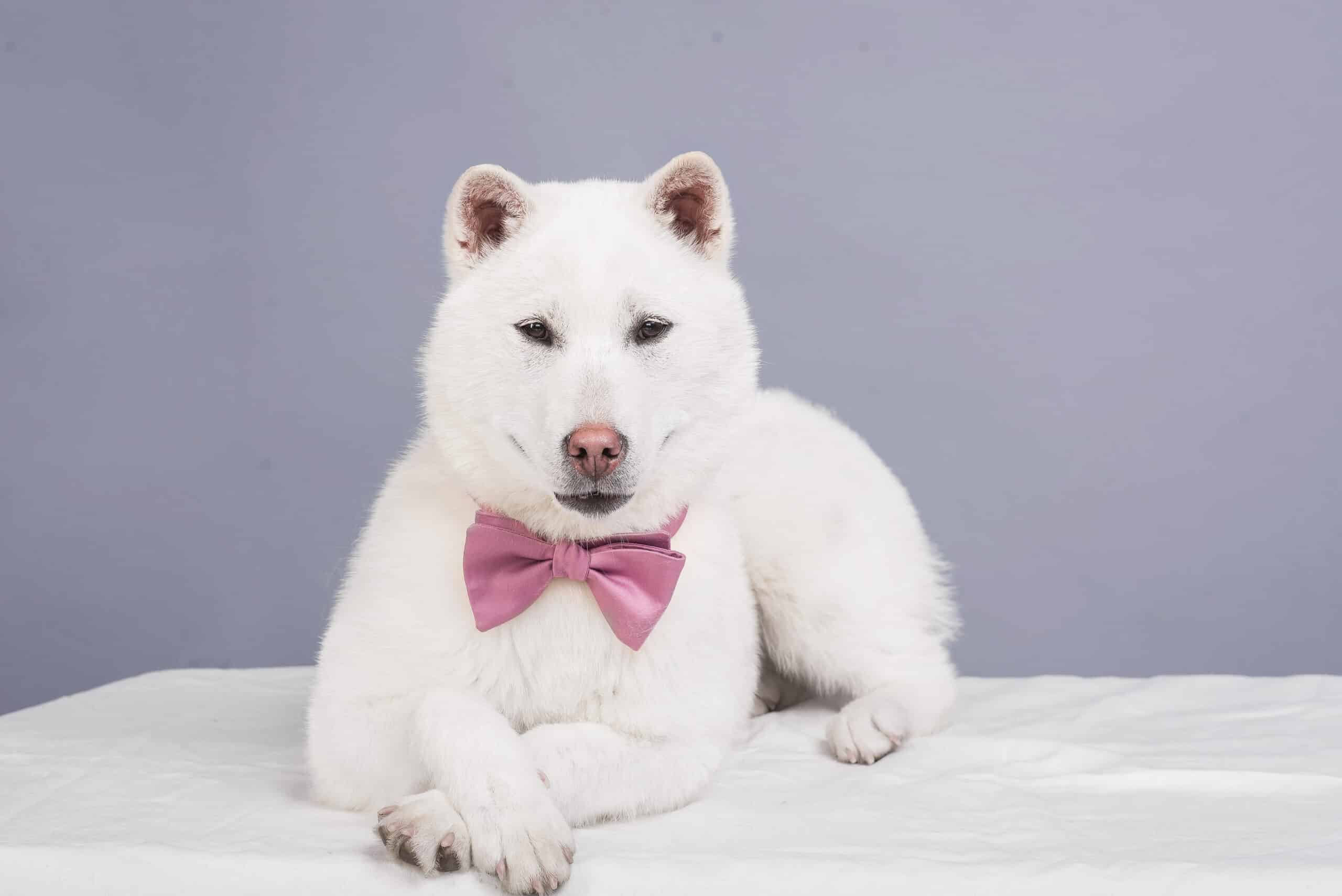
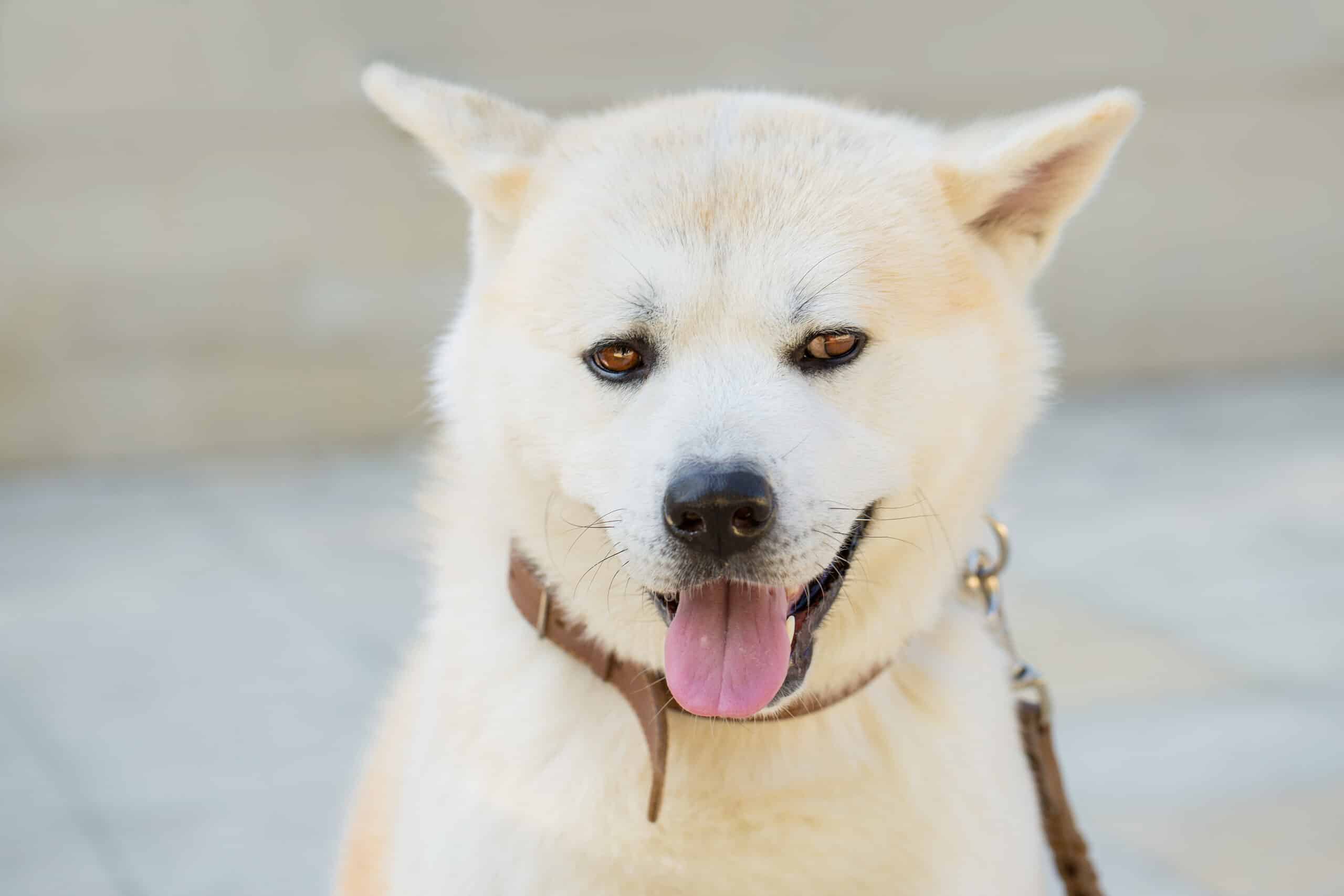
Temperament:
The Kishu is a Japanese dog breed whose name is derived from the historical province of Kii or Kishū. The Kishu is related to the Hokkaido, Shikoku and Kai Ken breeds, which also originate from this region.
Characteristics
The breed usually reaches a shoulder height of 43 to 55 centimeters. With a weight of 15 to 30 kilograms, the Kishu is considered a medium-sized dog. Males are slightly larger than Kishu females.
The Japanese breeding standard stipulates that they must be solid-colored. White, sesame, red, black or brown are permitted. However, white is expressly preferred. The tail is either sickle-shaped or curved over the back.
The top coat is hard and short, longer on the cheeks and tail. The small ears are erect and almost triangular. The breed is considered robust, friendly and agile.
Their breeding as hunting dogs makes the Kishus loyal companions who are courageous and still live out their hunting instinct. They are mainly after small animals such as rats.
If you also have one or more cats, a Kishu is a good playmate as it usually gets on well with cats.
The Japanese breed is considered somewhat stubborn, but gets along well with other dogs if they respect the Kishu's boundaries.
It should not be difficult to house-train Kishu, as he is intelligent and needs clear instructions. He responds well and obediently. The Kishu is definitely a family dog and is excellent with children.
Coat care:
Shedding:
Energy level:
Trainability:
Children suitable:
The right food
When choosing food, make sure that it contains high-quality ingredients, is balanced and meets your dog's requirements. Age, size or weight, activity and health status play an important role. You should follow the manufacturer's recommendations for the amount of food.
Treats should only be fed in moderation and deducted from the basic diet to avoid obesity.
Puppies can be fed 4-6 times a day. The number of meals should be gradually reduced to 2 per day until the dog is fully grown. A rest period should be observed after meals.
Fresh drinking water should be available at all times.
Health & Care
The Kishu is a healthy dog and not very susceptible to genetic diseases. Occasionally, however, an underactive thyroid (hypothyroidism) occurs.
The Kishu changes its coat once or twice a year and needs special care during this time. Its top coat is quite dirt-repellent, so you should brush the undercoat in particular. You can bathe him with a mild dog shampoo if he is too dirty. The ears also need to be checked for infections and dirt. The claws must be trimmed at regular intervals.
Be sure to give Kishu enough exercise and space, as he is an active dog. Take him for regular walks or let him run free. He also responds well to certain tasks, for example when you let him chase.
Suitable accessories
Because of his strong hunting instinct, the Kishu is especially happy about toys. If you give him a squeaky rubber animal, he will have something to do for many hours.
Other things that are part of every dog's basic equipment: collar or harness with lead, dog basket or dog mat as a retreat, water and food bowl, tick tweezers, claw clippers, mild dog shampoo, brush and comb, toothbrush and toothpaste for dogs, transport box for transportation in the car, and a first aid kit. Ask your vet what should be in the first aid kit.
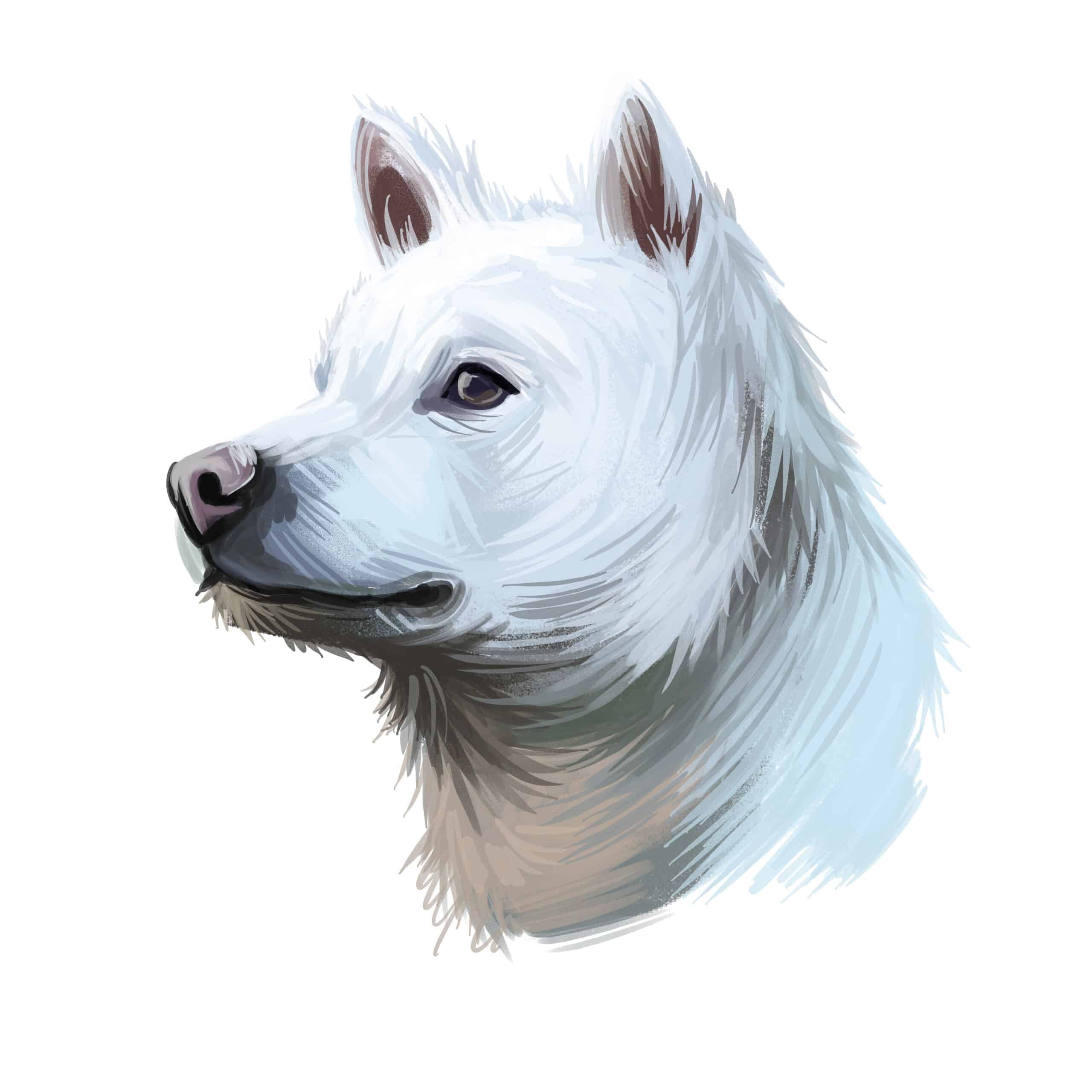
Origin & History
The Kishu descends from several old medium-sized dog breeds in Japan and has been a so-called Japanese "natural monument" since 1934. Since then, only single-colored breeding of the breed has been permitted. It is also standardized.
The Kishu was to be used as a hunting dog in the provinces of Mie and Wakayama. Due to the mountainous terrain, it was specially bred for the local fauna, i.e. wild boar and deer.
In the early days of breeding, almost three quarters of all Kishus were not white, whereas today this is the predominant color.
It is remarkable that the Kishu is almost threatened with extinction. While it is hardly to be found in Europe and North America, it has even become rare in Japan.
